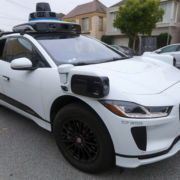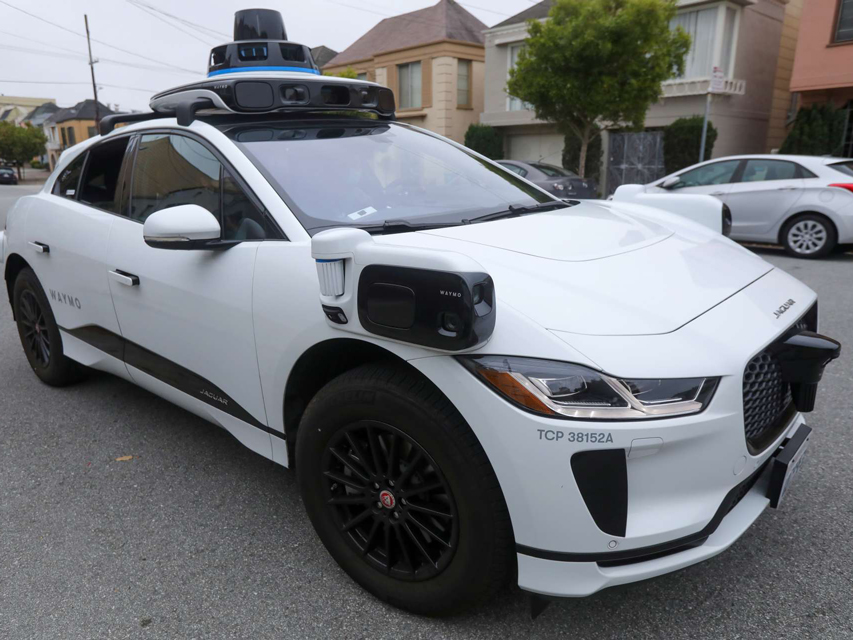Comprehensive Review of the Autonomous-Vehicle Industry in 2025: Current Status and Emerging Trends
Picture: Reuters TPG
- Corporate strategies and business models
Tesla: self-operated fleets, direct delivery of FSD software to consumers. Austin Robotaxi deployment is slated for June 2025. Tesla integrates hardware and AI end-to-end, collecting vast real-world mileage (one crash per 4.85 million miles on average), which underpins algorithm training.
Waymo: a platform model with its own Waymo One fleet and partnerships with automakers such as Stellantis and Yamaha, blending B2B and B2C.
Cruise (GM) operates its fleet in San Francisco and co-develops L4 vehicles with Honda. GM has recently cut funding, indicating a cautious stance.
Aptiv/Motional: a joint venture with Hyundai supplying technology and fleets to ride-hailing partners (e.g., Lyft); a B2B focus.
Baidu Apollo: China’s largest platform, running Apollo Go Robotaxi services and licensing technology to automakers; an open-ecosystem strategy.
AutoX: a startup running fleets in Chinese cities and Houston, working with Ford, combines self-operation and partnerships.
Pony.ai: a China-US unicorn backed by Toyota, Honda, and GAC; operates fleets in China and California and co-develops Lexus robotaxis; mixes self-operation with industrial collaboration.
- Industry-chain impacts and opportunities
Traditional manufacturers must shift from pure hardware to integrated software and mobility services; overcapacity risks loom as shared autonomous mobility reduces the need for private car ownership. Strong tech-based new-energy firms such as Tesla and BYD gain the upper hand.
Chip and electronics suppliers will benefit: Taiwanese and Chinese firms (TSMC, MediaTek, Black Sesame, Horizon) stand to share the boom. Analysts call 2025 the year autonomous-driving chips crystallize into a market dominated by a few early entrants.
Mapping and data services become vital assets. HERE, TomTom, Baidu Maps, and AutoNavi will meet the rising demand for high-definition roads and real-time updates. At the same time, AI and 5G players such as Huawei and Tencent are entering the connected-car data platform market.
Tier-1 suppliers, such as Bosch, Continental, and Valeo, are transitioning from electronics to system integration, offering L3/L4 modules. New entrants, such as Mobileye, which was once a Tier 2 company, now claim a share through listing and differentiation.
Insurance will shift from driver liability to product or platform liability, with new offerings, such as Robotaxi insurance and mileage-based coverage, emerging. Lower accident rates may lead to reduced payouts, but open and innovative models can emerge.
Infrastructure must evolve: governments and firms are upgrading roads with V2X equipment, smart signals, and 5G; charging networks and smart parking must expand to serve driverless electric vehicles (EVs), creating new investment opportunities for telecoms, energy, and urban planning sectors.
In 2025, the autonomous vehicle industry stands at the threshold between research and development (R&D) and commercialization. Stakeholders must seize the window created by maturing technology and evolving rules, choose partners and investments wisely, monitor policy trends, and allocate resources accordingly. If technology and regulation advance in step, driverless vehicles will achieve safe deployment within a few years, reshape transport, and generate a new wave of investment and growth.





